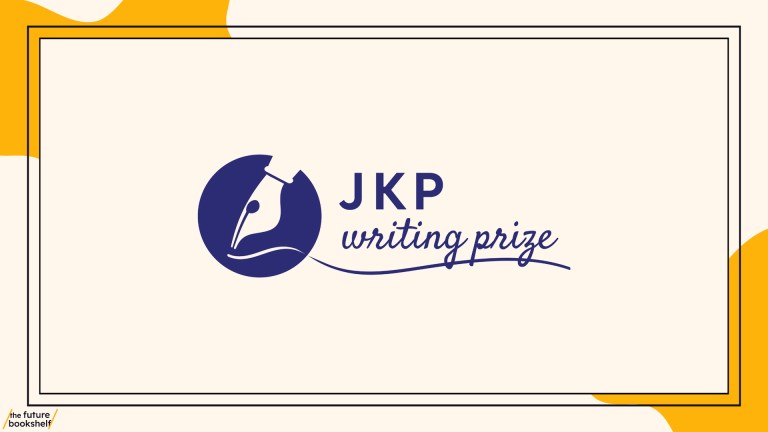‘Showing happens now, before our eyes, in real time’
What telling is good for:
- taking less time than showing
- filling in detail quickly
- giving background information about a character or situation
- moving through time – you can cross time and place in an instant
- linking scenes that show.
What showing is good for:
- revealing characters and the interplay between characters
- creating empathy, which allows the reader to get inside a character and see the world with their eyes
- allowing the reader to be active
- allowing the reader to use their imagination to see characters, scenes, places
- revealing information through showing can be dramatic.
What ignoring is good for:
- everything that has no place in your story
- unimportant details
- digressions
- rambling descriptions
- boring, inconsequential dialogue.
Elements that help to show:
- Action
- Dialogue
- Making an image
- Concrete details
- Sensory detail.
Showing …
- happens now, before our eyes, in real time
- is filmable
- is presented in a scene – which usually has a specific purpose in a story – to introduce a character or a piece of plot. It usually has a beginning,
- middle and end and it moves the story forward.
Note the dictum ‘Resist the urge to explain’, or ‘RUE’, as Renni Browne and Dave King have it in their book Self-editing for Fiction Writers.
Here is an example in a piece of reminiscence done for a writing class. A writer remembered his sister playing with dolls as a child. He wrote a delightful scene where he and his sister operated on one of them. The writer fashioned some good, believable dialogue and created an effective scene, which included this:
‘We’re going to do a heart transplant.’
The world’s first heart transplant was in the news that year.
He was criticized for having his authorial voice popping up in the middle of a strongly established scene to explain the background to the dialogue. This was felt to be lazy and amateurish, and the writer was advised to find ways of getting the information across better.



